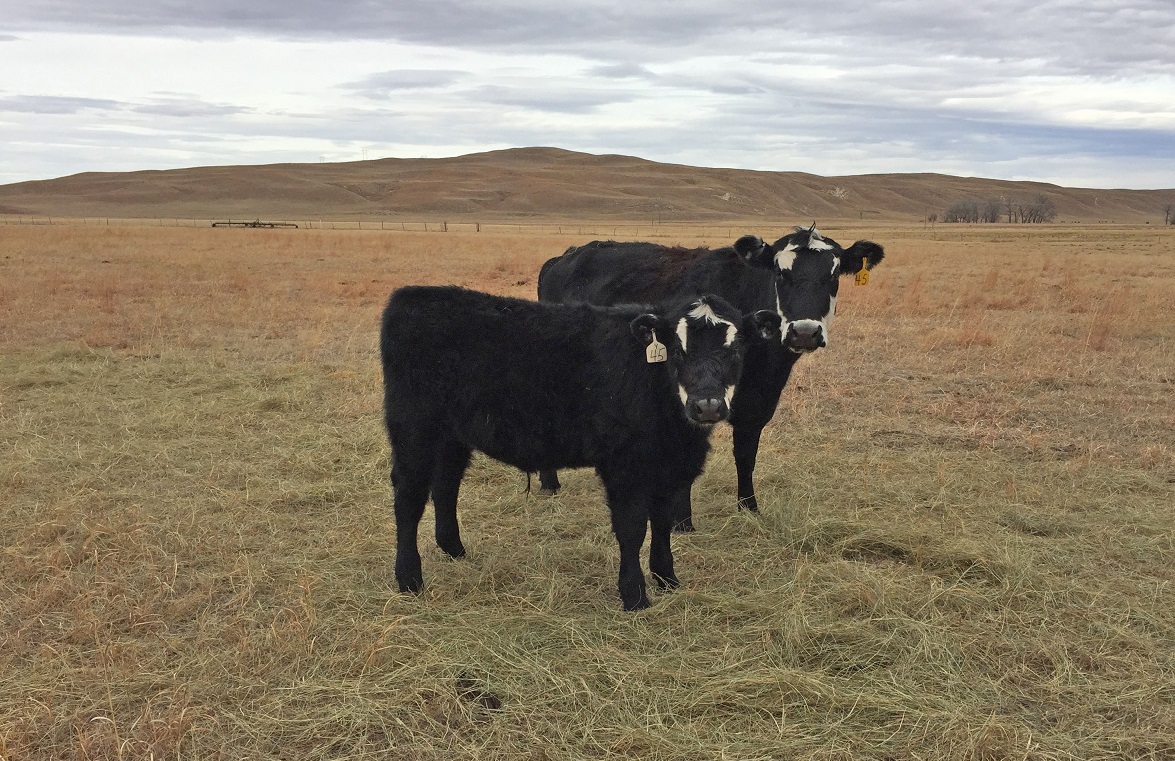
By Aaron Berger, Nebraska Extension Educator
When evaluating a cow-calf enterprise, one of the foundational productivity measures to understand and calculate is the realized reproductive rate. The realized reproductive rate is the percentage of calves weaned from cows that were exposed to breeding. It is often identified as the percent calf crop weaned per cow exposed.
The percent calf crop weaned per cow exposed number takes into account the following:
• Pregnancy percentage of cows exposed to breeding
• Pregnancy loss percentage between pregnancy diagnosis and calving
• Calving percentage
• Calf loss percentage from calving to weaning
A target range for percent calf crop weaned per cow exposed in the Great Plains region is between 85 to 90 percent.
The following would be an example of how the number would be calculated.
100 cows were exposed to breeding. Of those 100 cows, 92 were identified as pregnant through pregnancy testing. Between pregnancy testing and calving, 1 cow aborted. This resulted in 91 cows that were pregnant at the start of the calving season. During calving 3 calves died due to calving difficulty or shortly after birth. Between calving and weaning, 2 calves were lost to respiratory disease. This resulted in 86 calves weaned per the 100 cows that were exposed to breeding. This is an 86 percent calf crop weaned per cow exposed.
Cow-calf producers that have a percent calf crop weaned per cow exposed that is less than the target range of 85 to 90 percent should identify where losses are occurring. Management strategies can then be evaluated to improve the realized reproductive rate. One note of caution, when evaluating management options to improve realized reproductive rate, carefully calculate the cost against the value that would be generated. Once an optimum level of productivity has been reached, the additional cost to increase productivity is often greater than the value generated.
For example, if $20 more per cow was spent to improve pregnancy rates and only a 2% improvement was realized, the increased cost of applying the management change to the whole herd may not be offset by the improved reproductive rate. Using the example above, 100 cows multiplied by $20 per cow is $2,000. If the realized reproductive rate only improved by 2 more calves weaned that are worth $700 each, than the cost of the $2,000 spent is greater than the $1400 value of the two additional calves.
Realized reproductive rate and the factors that contribute to it are a production number that cow-calf producers should calculate. Cost effectively increasing the realized reproductive rate may improve profitability. Evaluate both the cost and the potential benefit of management changes before implementing them.
To listen to BeefWatch podcasts go to: https://itunes.apple.com/us/podcast/unl-beefwatch/id964198047 or paste http://feeds.feedburner.com/unlbeefwatch into your podcast app.